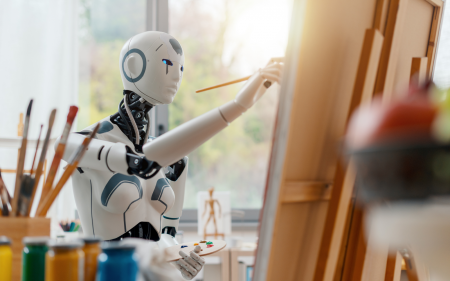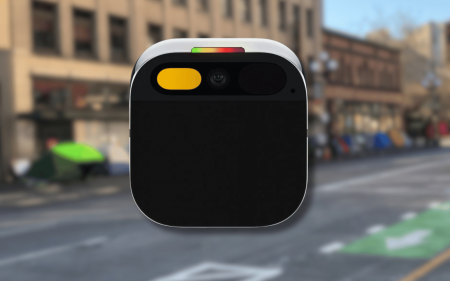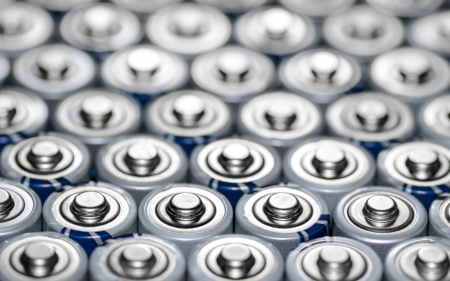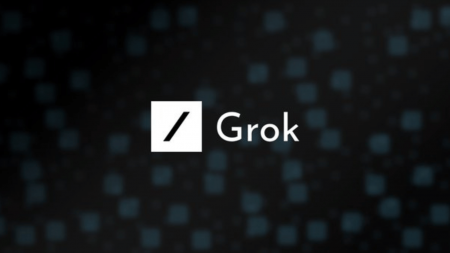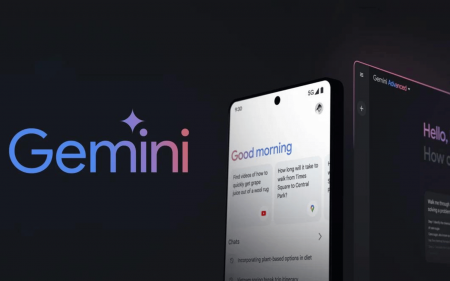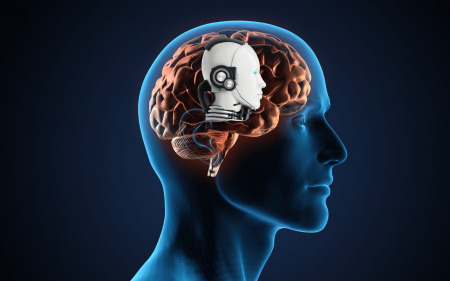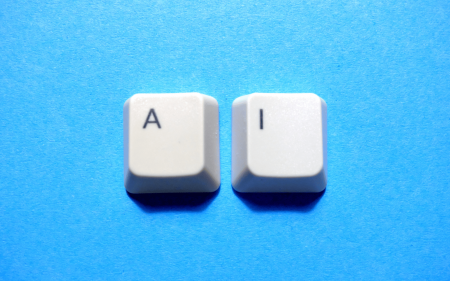Food insecurity is one of humanity’s most pressing challenges, impacting more than two billion people worldwide. Paradoxically, as so many suffer…
Browsing: artificial intelligence
Thirty-four artworks created with artificial intelligence (AI) have gone up for sale at Christie’s in New York, in the famed…
The ill-fated Humane AI Pin is dead. Well, very nearly. The artificial intelligence hardware you could wear will stop functioning…
From the bronze age to the Industrial Revolution and beyond, the discovery and development of new materials have been a driving force in…
With the flurry of AI news penetrating the headlines in recent weeks, you might’ve missed Elon Musk’s intent to launch…
For a supposedly artificially intelligent chatbot dubbed Gemini Advanced (for paying users), it doesn’t seem all that… advanced. Google is…
As a nine-year-old, I loved singing and took every chance to do so enthusiastically during school assemblies and end-of-year shows.…
A new study by Microsoft and researchers at Carnegie Mellon University shows some distressing information about the widespread adoption of…
Generative artificial intelligence tools can help design students by making hard tasks easier, cutting down on stress, and allowing the…
Generative AI is often seen as the epitome of our times, and sometimes even as futuristic. We can use it…


